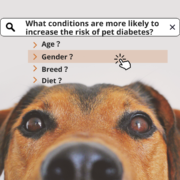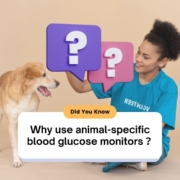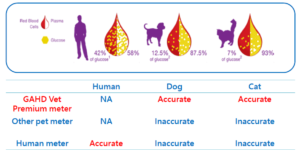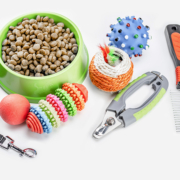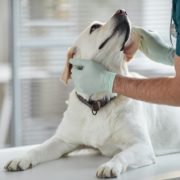How to encourage cats to drink more water?
Why don’t cats like to drink water much?
The reason lies in the fact that cats’ ancestors lived in desert areas where water sources were scarce. As a result, they evolved a gene that makes them less thirsty and less prone to actively seek water. Cats often obtain moisture from their prey, as the blood of their prey contains 70% to 80% water. This survival strategy has been passed down to this day.

But don’t worry, you can try the following methods to encourage your cat to drink more water:
✅ Consider changing the feeding method, try wet or raw food
✅ Regularly clean the water bowl to maintain freshness
✅ Place multiple water bowls in different locations at home
✅ Try making ice cubes or ice bricks to make water more interesting
✅ Use a flowing water dispenser to attract your cat’s attention
✅ Add entertainment elements to drinking, such as placing toys next to the water bowl or using special water bowls
Remember, cats that don’t like to drink water are prone to dehydration, which can lead to health problems in the urinary tract, bladder, kidneys, and more. Prolonged lack of water can cause serious kidney disease, bladder inflammation, urinary stones, constipation, and related issues.
Therefore, for the health of your cat, consider the above methods to ensure they get an adequate intake of water.










